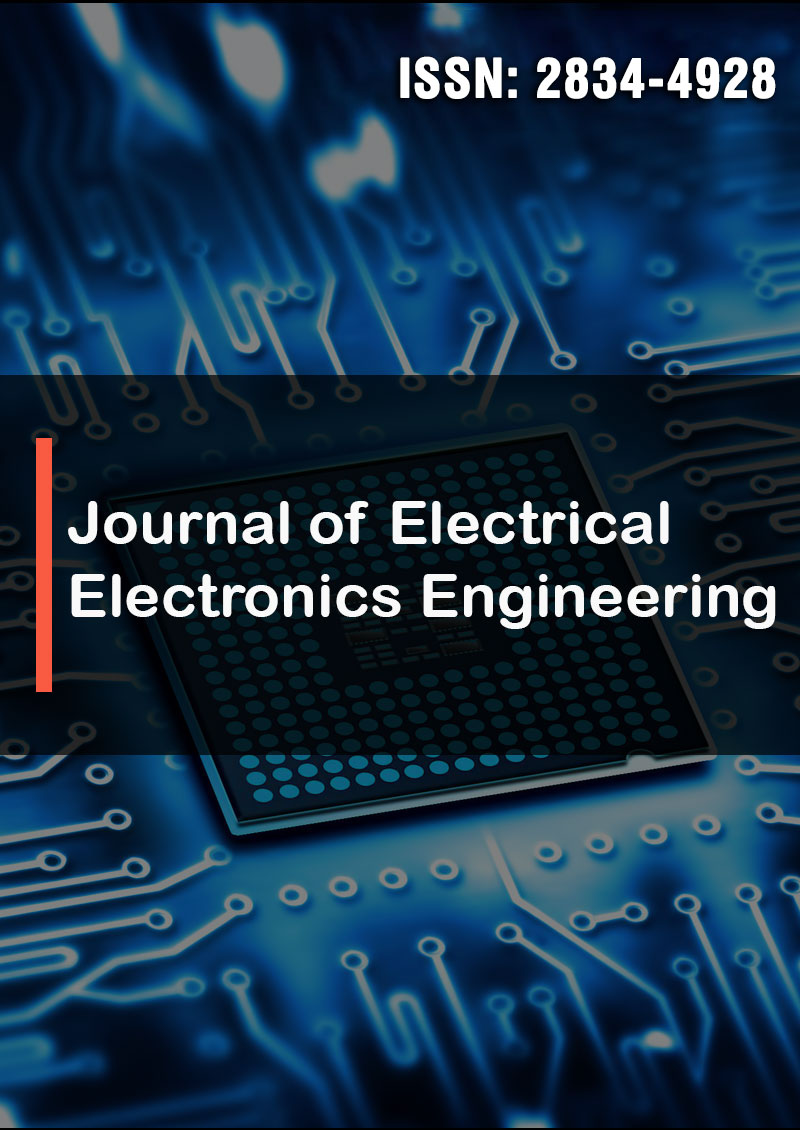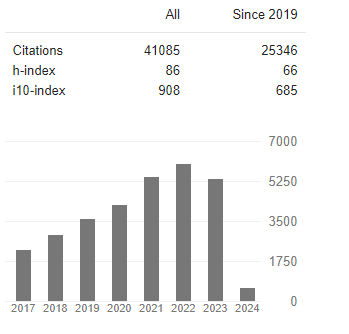Principles of Economic Externality Dynamics Economic Dynamics and the Standard Model (V)
Abstract
Yingrui Yang
The present paper discusses the importance of economic externality and the economic phenomena involved. Section 1 draws on the framework of weak force theory in physics, we propose a new approach of dynamic analysis for economic externality. From a mesoscopic (intermediate scale) perspective, no distinction is made between the macro-demand and individual micro-buyers nor between the macro-supply and individual micro-sellers. Section 2 applies the isospin modeling method to construct two economic isospin models. One is between the achieving impulse and the fear-of-failure impulse, under the effect of economic externality. The other is between the market behavior and market residues, namely, market aftertaste. Section 3 discusses the microstructural properties of the market, including Dirac's equation and the market, Dirac γmatrix notation, and the chirality and spin structure of market components. Section 4 discusses the helical structural characteristics of supply chains, including CPT theorems, Penrose zigzag helical processes, and several modeling directions of economic externality and buyer-seller interactions (weak interactions). Section 5 discusses the economic externality and the electroweak model, including extensive externality, externality mediations with Weinberg rotations, and economic analysis using lepton weak currents, including the analysis of lepton neutral weak currents. Finally, Section 6 provides a general discussion on the standard model of economic dynamics.




